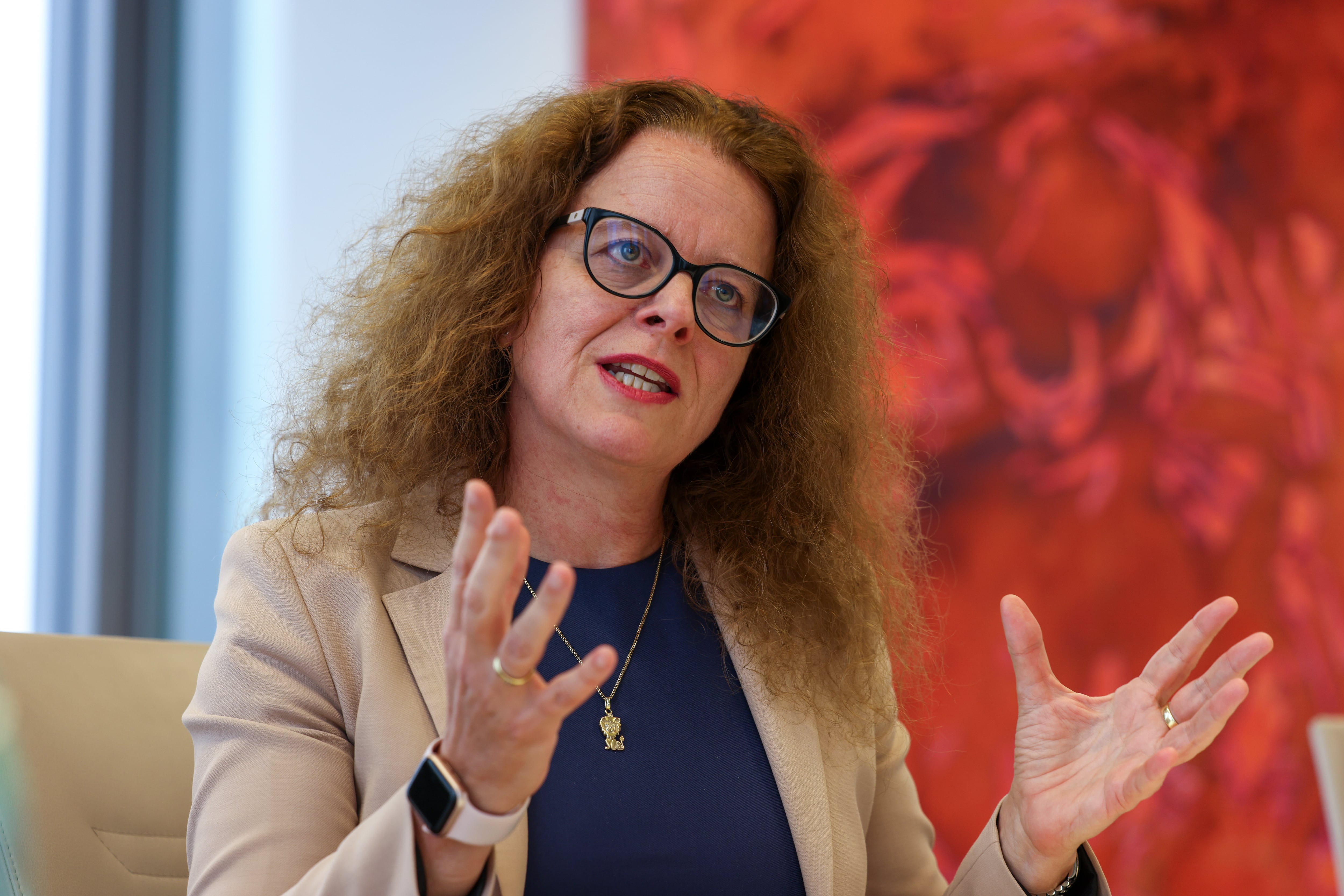Irish-founded software company Intercom has integrated Open AI’s chatbot technology into its customer service support platform, allowing clients to tap into the technology to interact with customers.
The practical application of the GPT-3.5 technology, which also powers Open AI’s ChatGPT, will allow clients to use the AI to generate suggested responses to customers based on shorthand responses, changing the tone with a couple of clicks; help handovers between agents by generating a summary of conversations between customers and agents; and generate content for help centres through Intercom’s Articles product.
More than 100 customers are already testing the features, with the Articles product available as part of a limited beta.
“We believe the advances made in Large Language Models (LLM), spearheaded by OpenAI and that have manifested in ChatGPT, will be the most significant change the customer service industry has experienced in decades,” said Des Traynor, co-founder and chief strategy officer at Intercom. “It’s a massive step towards a world where customer service is automation-first, a future we’ve been working towards for a few years.”
READ MORE
Intercom introduced its first AI-based product in 2018, and has continued to experiment with the technology.
Founded in Dublin in 2011 by Eoghan McCabe, Mr Traynor, Ciarán Lee and David Barrett, Intercom’s software platform brings messaging products for sales, marketing and customer support together. Its products enable companies to communicate easily with customers through their own websites and apps, on social media and by email.
“We have been following all of the projects in this area over the years, but as we experimented with the most recent GPT release, we realised we have crossed a perceptual cliff here, and that a tectonic shift was beginning,” said Mr Traynor. “We quickly built and shipped many prototypes internally, ensuring we learned and iterated with each round of user feedback, and we’ve released our first wave of features based on GPT-3.5. We’re excited to get this into the hands of our customers, but we’re just scratching the surface of what’s possible with this technology.“















